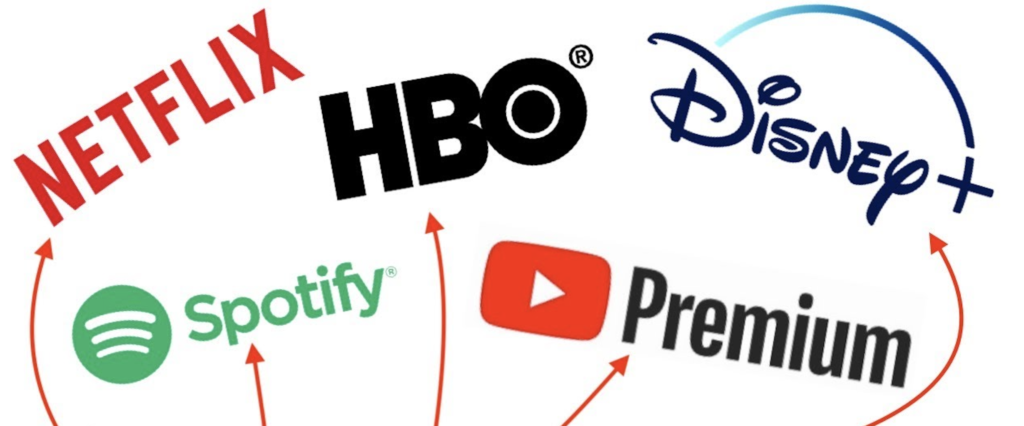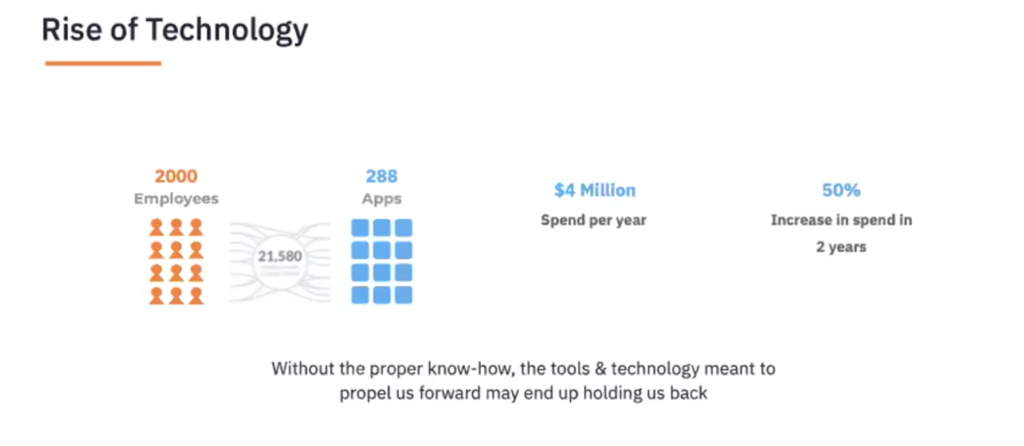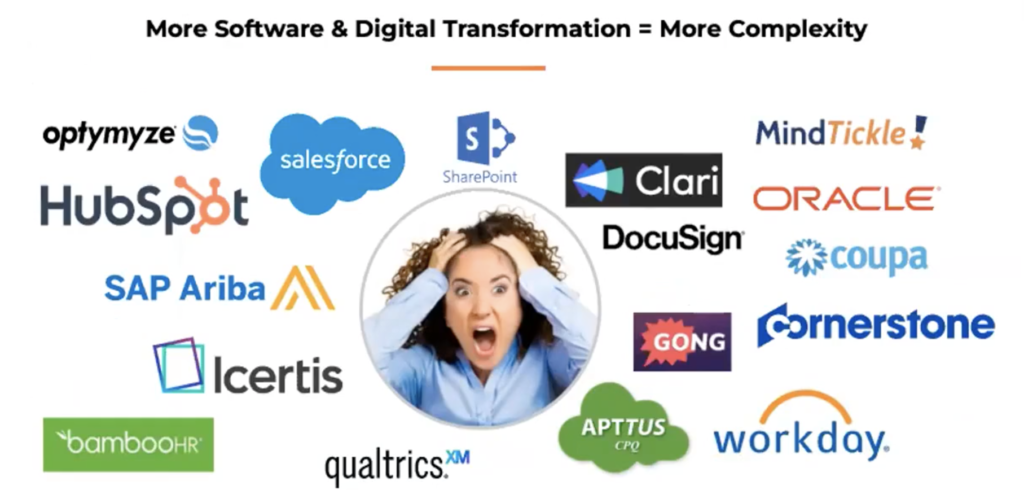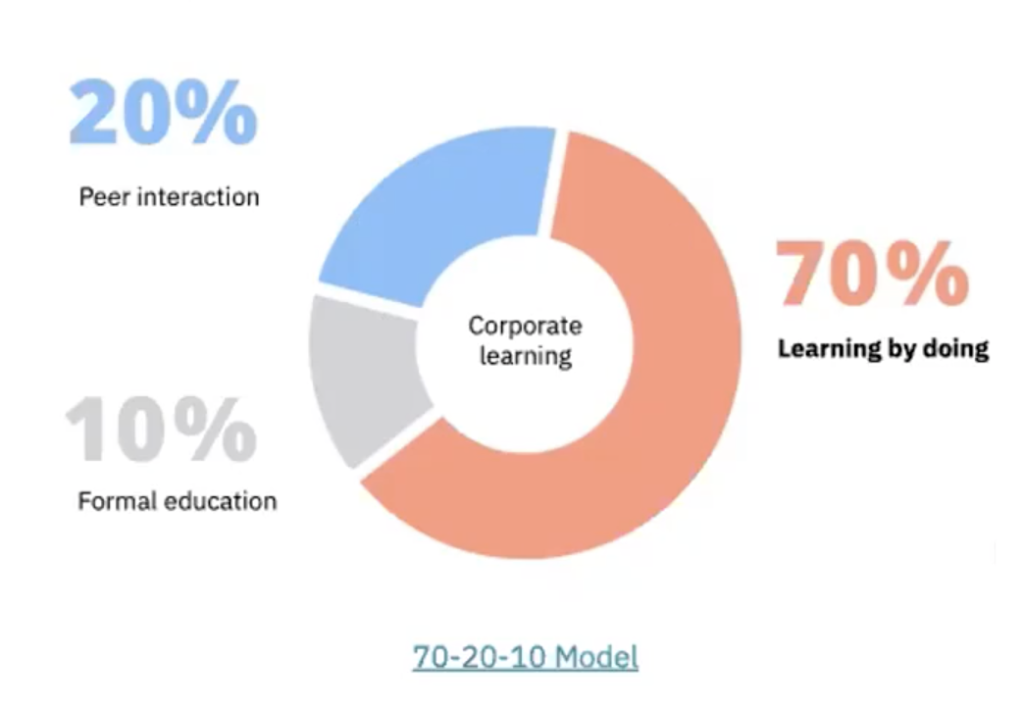A few major patterns that we’re all seeing both at work and at home is the transition from passive to on-demand consumption. What exactly does this imply? So, from having an Uber at your fingertips for booking a taxi to being spoiled by your favorite OTT platform, whether it’s Netflix or something else, for providing on-demand entertainment while sitting on your couch, the world today offers multiple on-demand solutions. We also have Amazon and Walmart competing with each other and reducing delivery times.
You might have a smart assistant at home, such as Alexa or Google, that you can use as a personal intelligence assistant. So whatever you require is immediately available to you at that time. And there are innumerable examples all around us that demonstrate a shift in our consumer behavior from passive to on-demand consumption. So it’s apparent that people’s consumption habits have shifted. We also want things to be available right away.

As a result, this is the type of experience we are seeking. We also don’t want to jeopardize our own user experience with technology. Right? People have grown accustomed to incredibly fluid, smooth technological experiences as the consumer electronics sector have evolved. Isn’t it true that we now have new expectations? But, you know, in our work lives, one of the big changes, and we all know it’s here, is that many many organizations adopted and adapted and transitioned to remote work culture. Introducing sort of dramatic changes in the way people were expected to work overnight, especially during the early days of the pandemic. You’re aware that it’s now.
Employers, on the other hand, are comprehending, and it is now critical for them to accommodate these shifts in work patterns by developing clever solutions that combine the security of remote work with the productivity of office work. As a result, we are currently undergoing a massive paradigm change. All of this has cleared the way for a new working model known as the hybrid workplace, in which we can spend time at work and time at home. And, you know, these models are continuously growing; I don’t think anyone has really figured out what the optimal way is, and there’s no crystal ball gazing going on here. However, hybrid workspaces appear to be here to stay.

On a daily basis, a company with an average of 22,000 people uses at least 288 software programs internally to get work done. And that number appears to be quite large. Not every employee uses every program. But, as you may be aware, there are a huge number of programs in use, as well as a large amount of software.
Furthermore, some organizations are spending up to $4 million dollars on software. And the spending has only increased by 50% in the last two years. As a result, more and more technology is being implemented in the workplace. According to a recent survey by Gartner, the sales function alone uses an average of 14 applications. And as you can see, firms use a variety of software for different processes throughout the corporate sales journey. So it’s possible that they’re employing a CRM solution to generate leads.

Consider an employee who is attempting to figure out how to accomplish something on a particular piece of software or how to work efficiently from home. They will need to invest time and leave their work area to discover that information. And, of course, this results in lost time and productivity. We also recognize that remote training has limitations in terms of social contact. There were concerns about how to make it dynamic, despite the fact that it was delivered online. Or do you recall that principle that was imparted to us? But, nowadays, that’s just not conceivable, isn’t it? You don’t have a next-door neighbor any longer, whether it’s in your cubicle or in your office. So, pure assistance takes time.
When you’re conducting training at a really remote location and saying, “All right, now this is your training session.” It’s a unique situation. It isn’t required at the time when the user or employee doesn’t require it. As a result, knowledge transmission is neither immediate nor contextual. And that could lead to a loss of interest. Of course, all of this leads to an exponentially exponential growth in support queries and requests, which, in turn, overwhelms any kind of support crew. So, there are three major themes that we are dealing with right now. There’s hybrid work, a technological explosion, and genuine shifts in behaviour.
We are still in the learning cycle, even if many of you have implemented specific learning technologies and programs for a hybrid workforce, if not a totally remote workforce. It may be necessary to reverse some of the approaches implemented in the previous year and re-implement them with a long-term strategy. And, the 70 20 10 model of learning in the full flow of work is not very new. But, isn’t it true that it perfectly summarises the concept that Whatfix brings to the table? Formal learning, classroom training, online courses, and other methods are used to gain 10% of knowledge. 20% is obtained from peer contact, which includes asking peers and seniors for information and learning from them.

So, how do we effectively integrate the advantages of traditional classroom training with developing technology to make learning more relevant and engaging in real-time? It’s the middle layer, with the digital adoption platform layered on top of any application or several applications in your company. This layer essentially provides guidance, on-demand training, self-help, announcements, surveys, analytics, automation, and even a mini LMS. Right. So you’ve got this single software layer that can deliver a consistent, smooth training experience. Adapting enables people to learn and self-train, as well as build a comprehensive understanding of business processes using the software.
Analyze your business process or software process, where users are struggling more or having the most difficulty. Based on that, you can generate content or leverage any existing material based on that. You can incorporate any current information into the DAP experience. With the help of a digital adoption platform, you’ll be able to give such interactive experiences to your users.
Supriya Goswami is the vice president of product marketing at Whatfix. She takes care of the portfolios for solution marketing and go-to-market strategy direction. She spearheads the company’s transformation strategy to build category leadership from her base in the US. In addition to fulfilling the product marketing charter, Supriya is also in charge of brand and content marketing.
Copyright © 2025 Whatfix. All rights reserved
This website is owned and operated by Whatfix Private Limited (Formerly known as Quicko Technosoft Labs Private Limited)